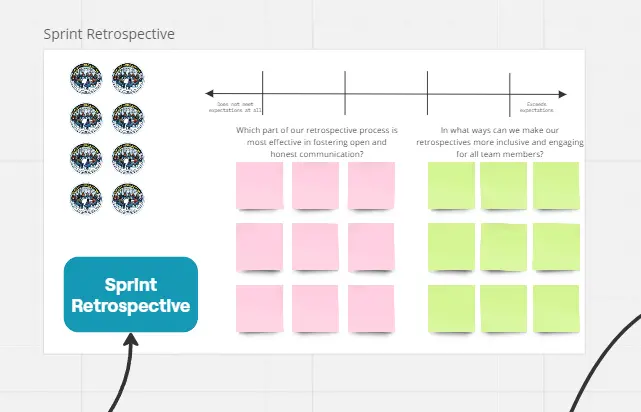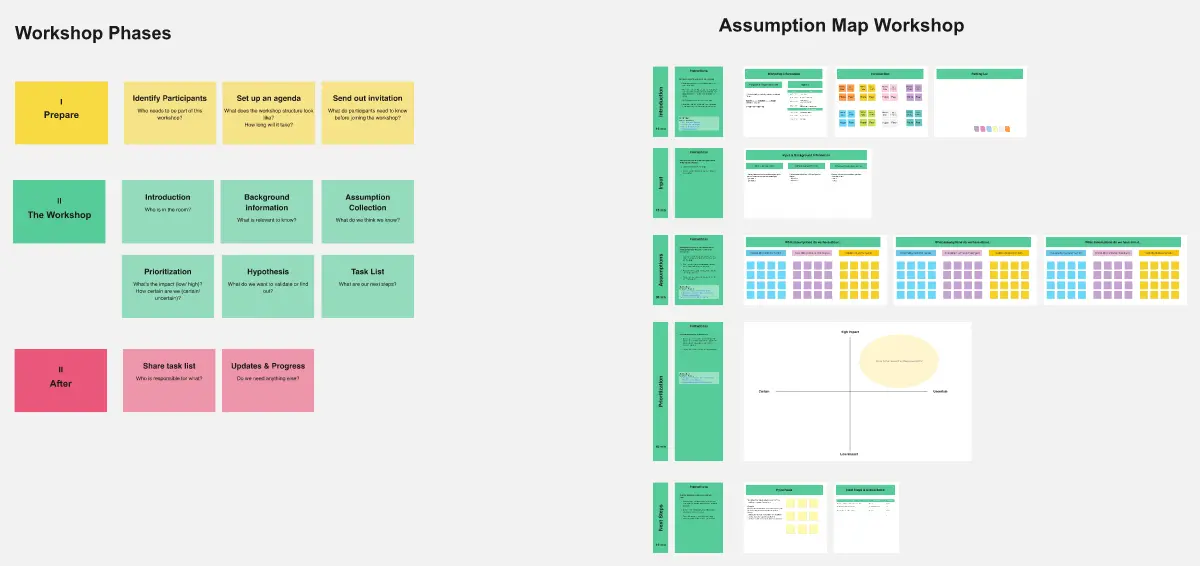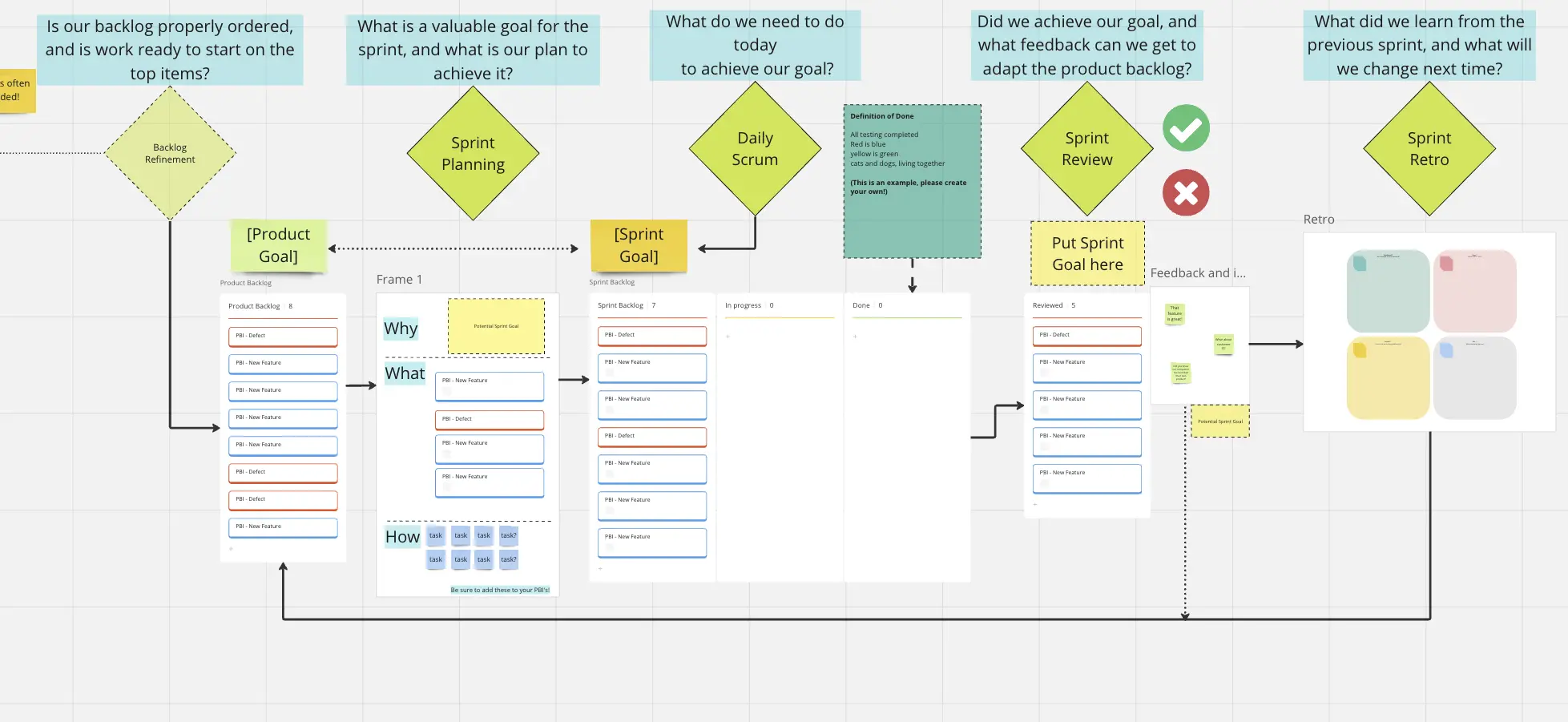All templates
Workshop Planner and Session Design

Frauke Seewald
UX Designer, User Researcher, Facilitato @ Design for Outcome
As a UX Designer and User Researcher, I want to see more companies creating successful (digital) products and services that provide great customer value and experiences. I believe that teams who work with a CX mindset (or framework) and use a collaborative design approach will design higher quality products with an increased customer satisfaction.
Categories
Similar templates
Scrum Event Satisfaction Retrospective
40 likes
278 uses

Assumption Mapping Workshop
25 likes
205 uses

Honest Agile Ultimate Scrum Template
62 likes
281 uses

Scrum Event Satisfaction Retrospective
40 likes
278 uses

Assumption Mapping Workshop
25 likes
205 uses

Honest Agile Ultimate Scrum Template
62 likes
281 uses
